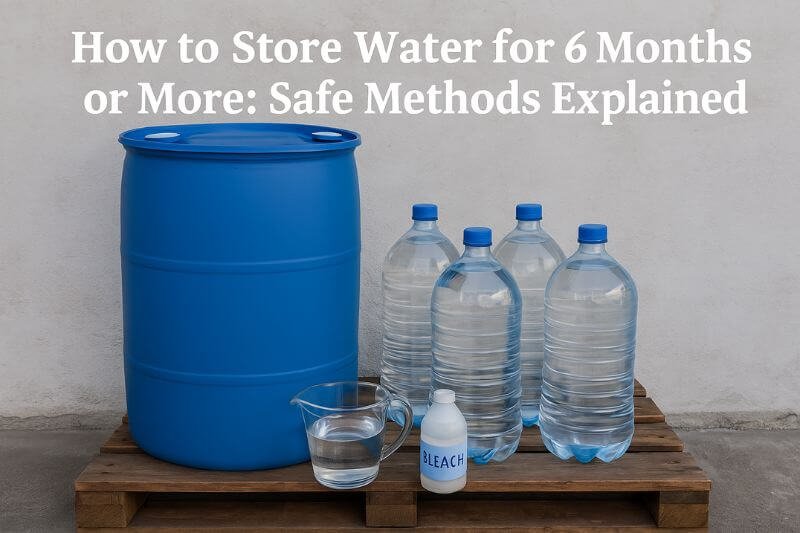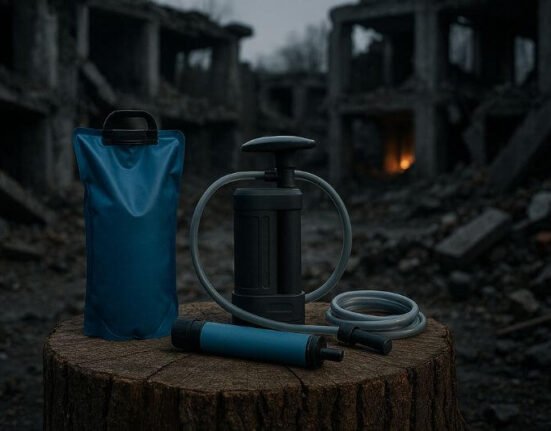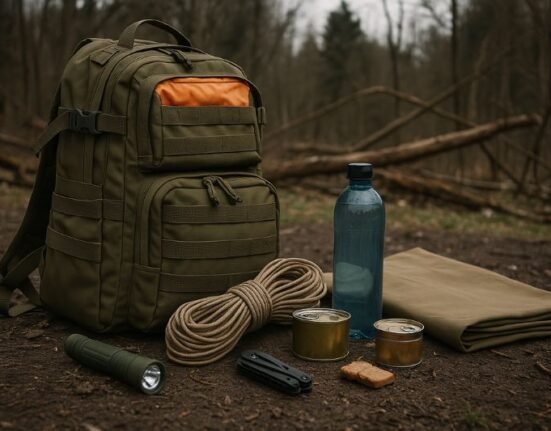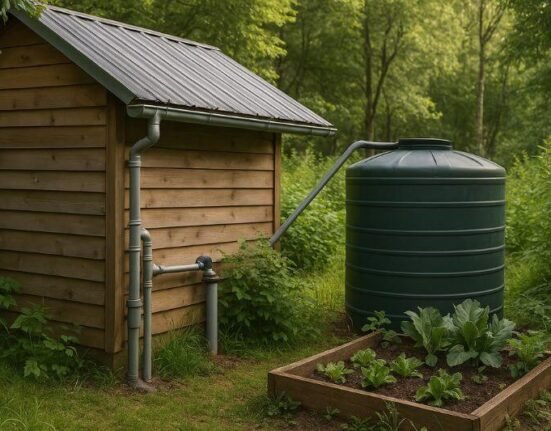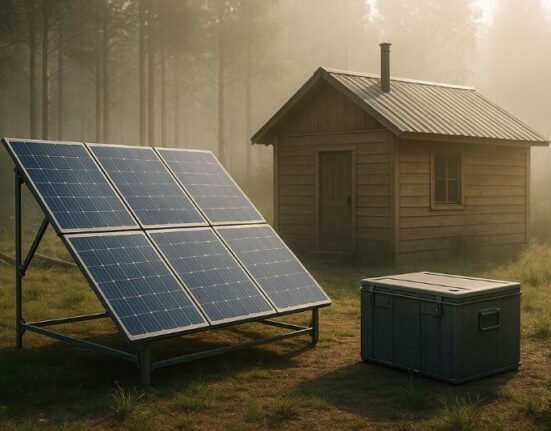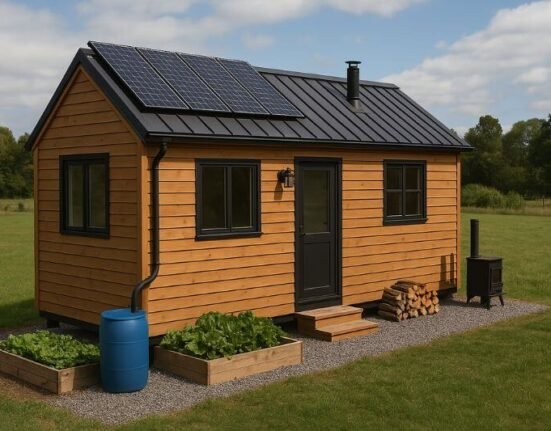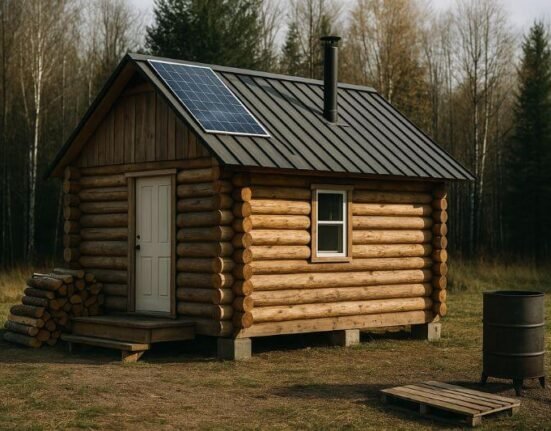In a survival scenario, food might be negotiable — but water is non-negotiable. The average human can last over three weeks without food, but only about three days without water. That makes water storage not just a priority — but a survival necessity. Whether you’re preparing for natural disasters, civil unrest, or a complete system collapse, learning how to store water for 6 months or more is a foundational prepper skill.
But it’s not just about filling a few jugs and forgetting them. Long-term water storage requires planning, sanitation, proper containers, and periodic checks. This guide will walk you through everything you need to know to store water safely for half a year or more — and avoid dangerous mistakes.
Why Long-Term Water Storage Matters
Imagine your city’s water system fails — due to a cyberattack, natural disaster, or prolonged drought. Supermarkets are emptied within 48 hours. You have no access to clean drinking water for days… or weeks. Would you be ready?
Storing water long-term gives you:
- Autonomy from unstable infrastructure
- Peace of mind in disaster scenarios
- The ability to protect your family from dehydration, disease, and panic
- A resource for hygiene, cleaning, and basic survival beyond drinking
While many preppers focus on food and gear, water is the most immediate survival priority — and often the most neglected.
How Much Water Should You Store?
FEMA recommends 1 gallon per person per day (about 3.8 liters) for drinking and basic hygiene. But that’s a bare minimum. A more realistic prepper baseline is:
- 2 gallons/day/person for drinking, hygiene, cooking
- So for 1 person × 6 months (180 days) → 360 gallons (≈ 1360 liters)
- For a family of 4 → 1440 gallons (≈ 5450 liters)
Yes, it’s a lot. But it doesn’t mean you need industrial tanks. With the right strategy, you can build up slowly and efficiently.
Best Containers for Long-Term Water Storage
1. Food-Grade Plastic Barrels (55 Gallon)
- ✅ Durable, stackable, UV-resistant
- 🧼 Must be sanitized before use
- 🪣 Ideal for large quantity storage indoors or in sheds
2. Water Bricks
- Modular containers (3.5 gal each)
- Stackable, fit in closets or under beds
- Perfect for apartments or limited space
3. IBC Totes (275-330 gal)
- For large-scale preppers with space
- Must be food-grade and properly cleaned
- ⚠️ Avoid if previously used for chemicals
4. 5 to 7 Gallon Water Jugs
- Easy to carry, rotate, and refill
- Ideal for short-term daily use
- Good for bug-out scenarios
5. Glass Containers (optional)
- ✅ Non-toxic and clean
- ⚠️ Fragile and heavy — use for short-term only
Water Sources You Can Safely Store
Not all water is created equal. Only store water you know is safe or has been treated.
✅ Safe sources:
- Tap water (municipal)
- Boiled and cooled well water
- Filtered and chlorinated rainwater
- Bottled spring water (rotate every 12 months)
⚠️ Unsafe to store untreated:
- River, lake, or pond water
- Rainwater without filtration
- Water from hoses or garden taps (unless food-grade)
How to Treat Water for Long-Term Storage
If you’re not using pre-treated bottled water, you must sanitize and treat it before storage.
🔹 Boiling
- Boil at 100°C (212°F) for 1–3 minutes
- Let cool before pouring into containers
🔹 Unscented Bleach (5–6%)
- Add 8 drops per gallon (or 2 drops per liter)
- Mix well and let sit for 30 min before sealing
- Smell a slight chlorine odor — if not, repeat
🔹 Water Preservers
- Commercial preservatives can extend life to 5 years
- Follow label instructions precisely
🔹 UV Light Treatment
- UV pens or solar disinfection (SODIS)
- Useful but not reliable for large quantities
Never mix bleach with other chemicals. Always use clean, food-grade containers.
Storage Conditions: Where and How to Store Water Long-Term
Storage environment is as important as the container. Here’s what to consider:
- Temperature: Cool, stable environments (50–70°F / 10–21°C)
- Light: Avoid direct sunlight (causes algae growth)
- Air contact: Containers must be sealed airtight
- Elevation: Keep off concrete (can leach chemicals) → use pallets
- Access: Easily reachable in emergencies
Ideal places:
- Basement
- Interior closets
- Garage (insulated)
- Crawlspace
- Under beds (for bricks or small containers)
How Often Should You Rotate Stored Water?
It depends on treatment method:
| Source | Rotation |
|---|---|
| Store-bought bottled | Every 12–18 months |
| Tap water (chlorinated + sealed) | Every 6–12 months |
| Treated with bleach | Every 6–12 months |
| Untreated or rainwater | Every 3 months max |
💡 Pro tip: Use a marker or printed label with fill date + rotate oldest first (FIFO method).
Testing Your Stored Water: Is It Still Drinkable?
Before consuming stored water, check:
- ✅ Clarity: No sediment, floating particles
- ✅ Smell: No mold, sulfur, metallic odor
- ✅ Taste: Mild chlorine taste = okay
- ❌ Any odd smell or color? Discard and clean the container
You can also use water testing strips for chlorine, bacteria, pH levels (optional but useful for large stockpiles).
How to Expand Your Storage Over Time
Start small. Even 5 gallons/week adds up.
Beginner-friendly plan:
- Week 1–4: Fill 4× 5-gallon jugs
- Week 5–8: Add 1× 55-gallon barrel
- Week 9–12: Install water brick shelves in closet
- Month 4+: Add rain catchment system + filtration
Combine this with your food prep calendar for better budgeting and synergy.
Mistakes to Avoid in Long-Term Water Storage
- ❌ Using non-food-grade plastic (can leach toxins)
- ❌ Storing in direct sunlight
- ❌ Forgetting to rotate or test water
- ❌ Ignoring hygiene when filling containers
- ❌ Using garden hoses or dirty funnels
- ❌ Underestimating quantity needed (especially for hygiene)
Final Thoughts
Water is life. In a true collapse scenario, access to clean water is more valuable than gold. By following the techniques above, you can store enough water to survive for months without relying on broken systems, contaminated sources, or overpriced bottled supplies.
Start with what you can, expand over time, and make long-term water storage a core part of your prepping plan.









